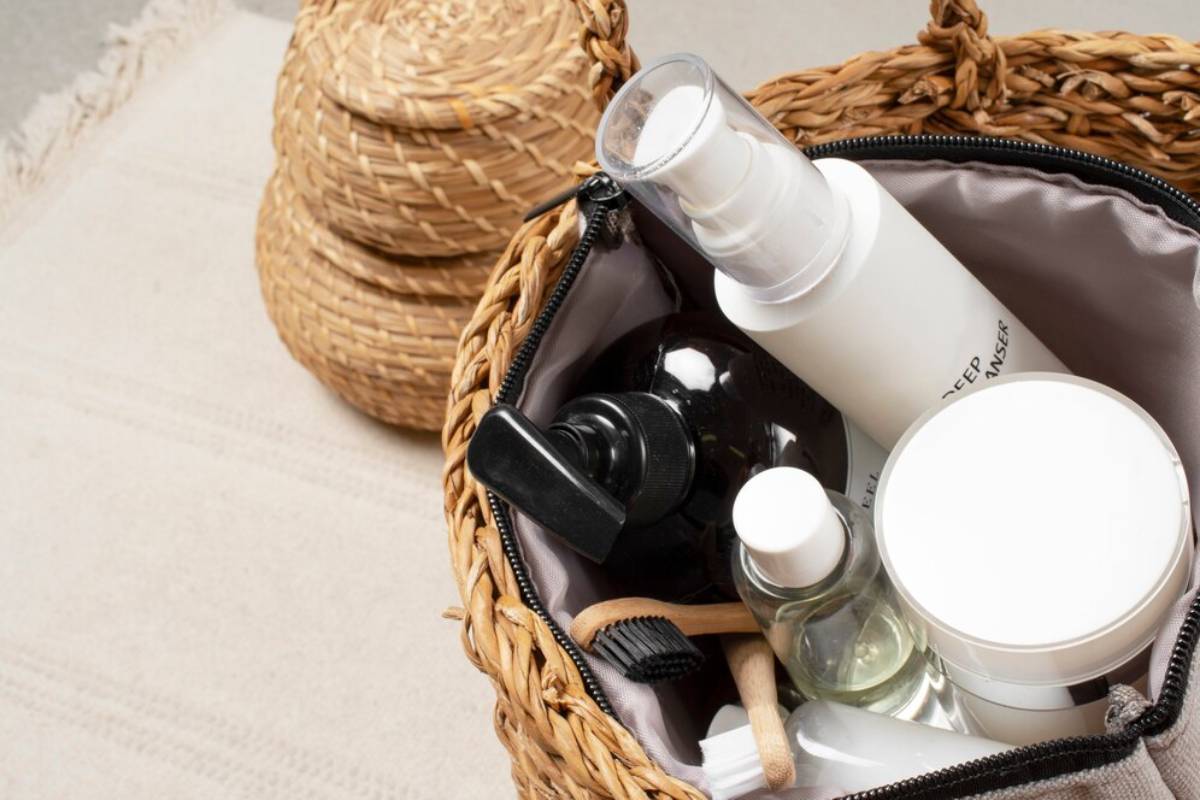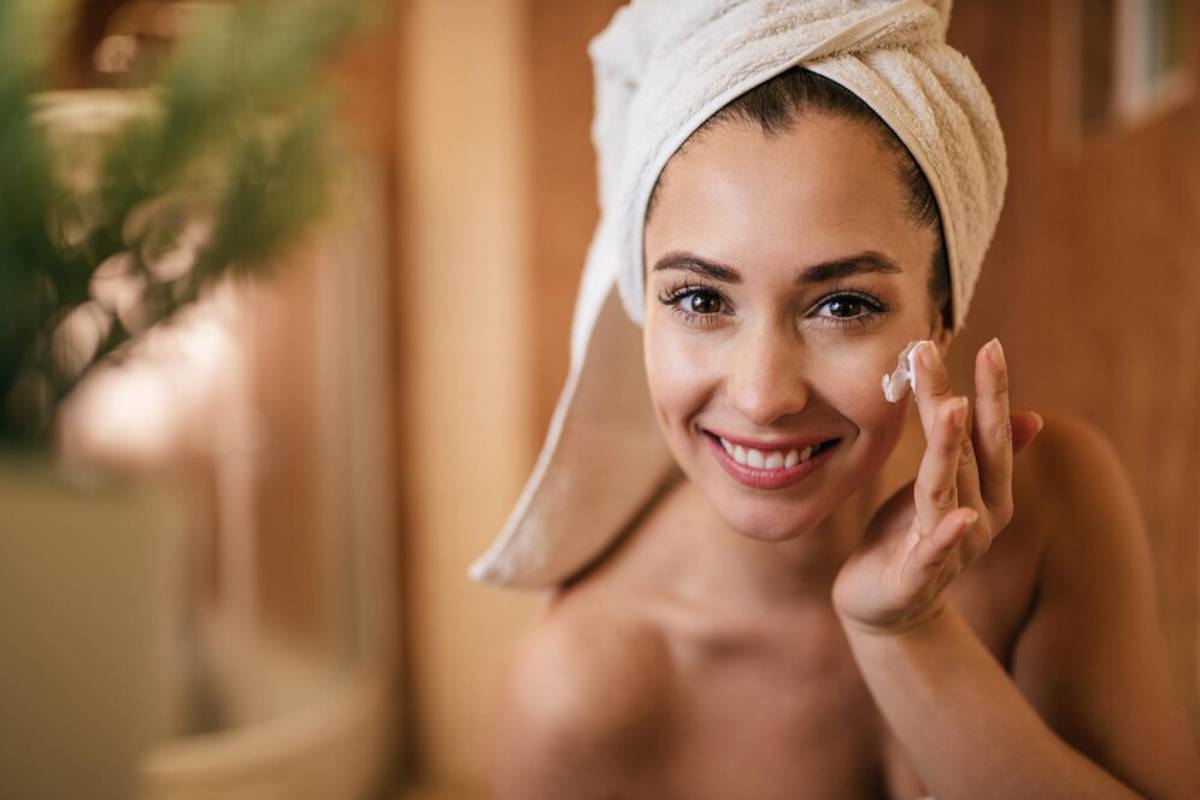
Skincare Myths About Sun Protection in Winter
When the temperature drops and the skies turn grey, many of us instinctively put our sun protection away with our swimsuits. After all, if it’s cloudy, snowy, or the sun isn’t blazing, surely sunscreen is unnecessary… right?
Not quite.
The truth is, UV rays don’t go on vacation when winter rolls around. In fact, the cold season can be just as damaging to your skin—particularly when you fall into bad sunscreen habits because of a couple of common sunscreen myths. So, while winter sun protection is important for protecting against premature ageing, it is equally as important for long-term health of our skin.
In this post, we’ll debunk some of the most widespread myths about sun protection in winter and offer science-backed skincare tips to keep your skin safe all year round.
Myth #1: “I Don’t Need Sunscreen in Winter”
The Truth: UV Rays Are Present Year-Round
Summer is one of the most popular seasons of the year, which is why one of the common myths about sunscreen is that you must not use it in winter. Although UVB rays — the ones that give you sunburn — are less powerful in winter, the UVA rays are stable the whole year. These rays penetrate deeper and are the main causes of premature ageing, hyper-pigmentation and long-term skin damage.
Why It Matters:
- UVA rays can even pass through glass and clouds.
- Chronic exposure also leads to collagen breakdown and wrinkles.
- UV damage is cumulative, thus increasing skin cancer risk.
Winter sun protection tip: Use a broad-spectrum SPF 30 or higher daily, even on overcast or snowy days.
Myth #2: “Snow Reflects Light, but Not UV Radiation”
The Truth: Snow Doubles UV Exposure
Snow is one of the most reflective surfaces in nature, capable of bouncing up to 80% of UV rays back onto your skin. This means you’re getting hit twice—once from above, and once from below.
High-Risk Situations:
- Skiing, snowboarding, or hiking in snowy mountains
- Ice-covered roads or reflective winter surfaces
- Sunny days with freshly fallen snow
Skincare tip: Apply sunscreen not just to your face, but also to underexposed areas like under the chin, nose, and even the underside of the jawline when snow reflects light upwards.

Myth #3: “I’m Inside Most of the Day, So I’m Safe”
The Truth: UVA Rays Penetrate Windows
It’s true that UVB rays are largely blocked by glass, but UVA rays—responsible for ageing and deep skin damage—can pass through windows with ease.
Where You’re Still at Risk:
- Working by a window in your home or office
- Driving or sitting in a car for extended periods
- Conservatories, sunrooms, or glass-walled buildings
Winter skincare tip: Apply a lightweight sunscreen as part of your morning routine—even on days when you don’t leave the house.
Myth #4: “My Skin Tone Protects Me from Sun Damage”
The Truth: Melanin Offers Some Protection, But Not Enough
People with darker skin tones do have more melanin, which provides some natural UV protection. However, no one is immune to sun damage.
Risks Still Present:
- Hyperpigmentation (e.g., melasma, dark spots)
- Accelerated ageing
- Skin cancer (which may go undetected longer in darker skin tones)
Sun protection tip for all skin tones: Choose a sunscreen that doesn’t leave a white cast—modern formulations include tinted, gel-based, and mineral options suitable for every complexion.

Myth #5: “Sunscreen Causes Breakouts or Irritation in Winter”
The Truth: The Right Formula Will Protect and Nourish
Colder weather often leads to drier, more sensitive skin—which can make some hesitant to use sunscreen for fear of irritation or clogged pores. However, skipping sun protection will only worsen winter skin issues in the long run.
Solutions:
- Look for non-comedogenic (won’t clog pores) and fragrance-free formulas.
- Choose sunscreens with hydrating ingredients like hyaluronic acid, squalane, or glycerin.
- For sensitive skin, mineral sunscreens containing zinc oxide or titanium dioxide are typically gentler.
Skincare tip: In winter, apply sunscreen as your final skincare step after moisturiser to lock in hydration and provide a protective barrier.
Myth #6: “SPF in My Makeup or Moisturiser is Enough”
The Truth: Most Cosmetic SPF Isn’t Applied in Sufficient Amounts
Many moisturisers and foundations boast SPF 15 or 20, but the amount applied is rarely enough to offer full protection. For SPF to be effective, it must be used generously and evenly—something most of us don’t do with cosmetic products.
What This Means:
- Layering helps, but don’t rely on makeup alone.
- SPF 30+ should be used underneath cosmetics for adequate coverage.
Winter skincare tip: Use a dedicated sunscreen beneath your foundation and consider a setting spray with SPF for top-up protection during the day.
Myth #7: “My Skincare Doesn’t Need to Change with the Seasons”
The Truth: Skin Has Different Needs in Cold Weather
Low humidity, indoor heating, and biting winds can wreak havoc on your skin barrier. This makes winter sun protection even more essential to prevent further damage.
Seasonal Adjustments to Consider:
- Switch to a richer moisturiser or barrier cream.
- Avoid over-exfoliating to protect your natural oils.
- Opt for a sunscreen with added emollients or soothing ingredients.
Pro tip: Even if your skin feels dry or flaky, don’t skip SPF—it protects against further environmental stress and helps retain moisture.
The Ideal Winter Sun Protection Routine
Here’s how to integrate effective sun care into your winter skincare routine without adding hassle:
Morning Routine:
- Cleanse: Use a gentle, non-stripping cleanser.
- Hydrate: Apply a serum with hyaluronic acid or niacinamide.
- Moisturise: Use a nourishing cream suitable for your skin type.
- Protect: Apply broad-spectrum SPF 30 or higher to all exposed areas.
Reapplication:
- If outside or near windows for long periods, reapply every 2–3 hours.
- Use SPF sticks or setting sprays for convenient top-ups.
Choosing the Right Sunscreen for Winter
With so many options on the market, choosing the right winter-friendly sunscreen can feel overwhelming. Look for:
| Skin Type | Ideal Sunscreen |
| Dry | Creamy SPF with ceramides, hyaluronic acid |
| Oily/Acne-prone | Oil-free, gel-based SPF |
| Sensitive | Mineral sunscreen with zinc or titanium dioxide |
| Normal/Combination | Lightweight lotion or fluid with hydrating elements |
Bonus tip: Don’t forget your lips! Choose a balm with SPF to prevent cracking and sunburn.
Year-Round Protection is the Gold Standard
The sun doesn’t go into hibernation—so neither should your SPF. Ignoring winter sun protection based on outdated sunscreen myths can lead to cumulative damage that’s entirely preventable. The good news? By making SPF a non-negotiable part of your daily routine, you’re not only safeguarding against skin cancer but also preserving a smoother, more even-toned, and youthful complexion.
Take action today: Audit your winter skincare shelf, upgrade to a season-appropriate SPF, and commit to sun safety—even when it’s cloudy and cold. Because true skincare is all about consistency, knowledge, and prevention.


